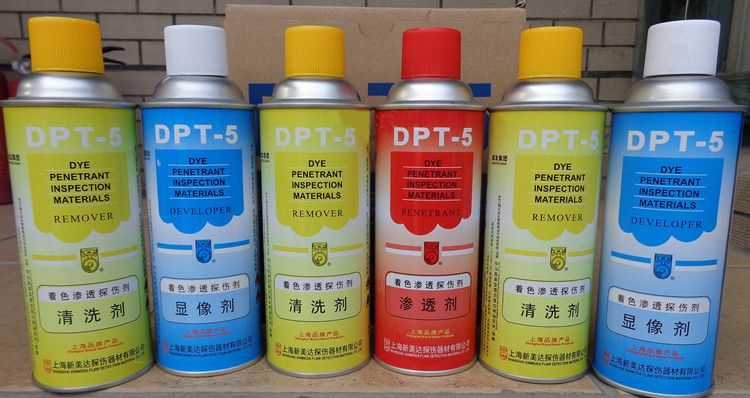

Penetrant testing is a non-destructive testing method, which is a surface testing method, divided into fluorescent testing and dye testing. It is mainly used to detect surface damage such as cracks that cannot be recognized by the naked eye, such as near surface defects (cracks), porosity, porosity, delamination, incomplete penetration and incomplete fusion of stainless steel materials (also known as Pt testing). It is applicable to check the defects (cracks, pores, etc.) on the surface of dense metal materials (welds), non-metallic materials (glass, ceramics, fluoroplastics) and products The basic principle of dye detection: apply the colorant on the surface of the material, and the colorant penetrates into the damaged part. Wash off the colorant on the surface after a period of time. Apply developer to the cleaned surface, and the damaged part can be seen clearly due to the penetration of colorant The capillary phenomenon is mainly used to make the penetrant penetrate into the defect, and the surface penetrant is cleaned by cleaning agent, and the residual penetrant in the defect is removed, and then the capillary effect of imaging agent is used to absorb the residual penetrant in the defect to achieve the purpose of defect inspection.